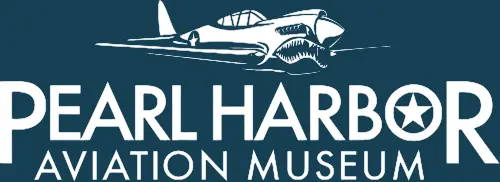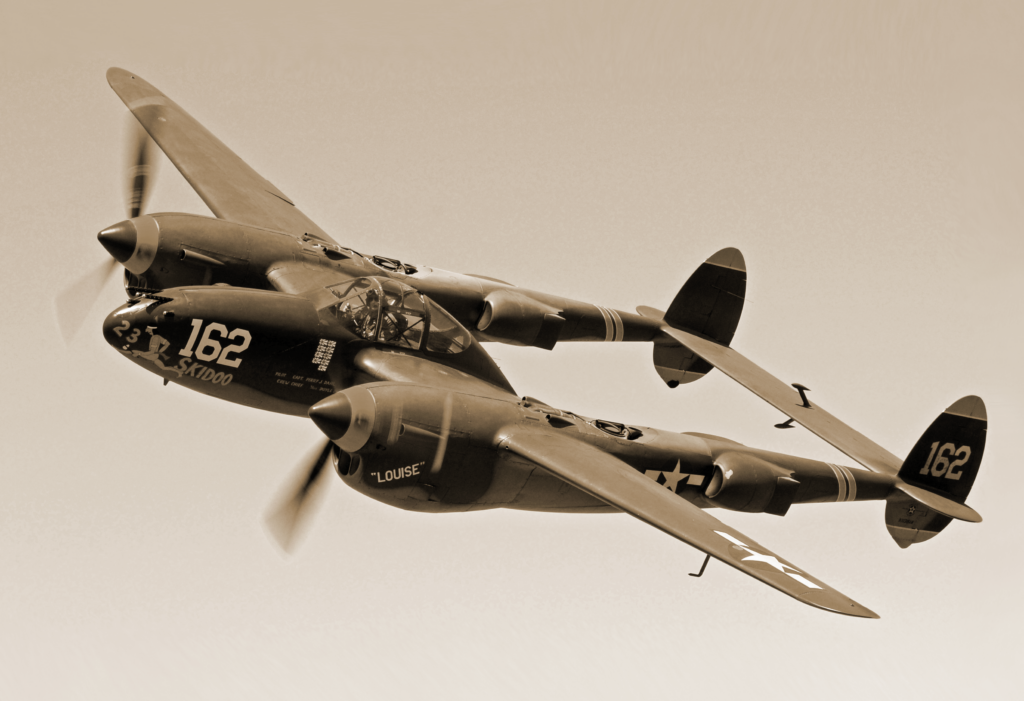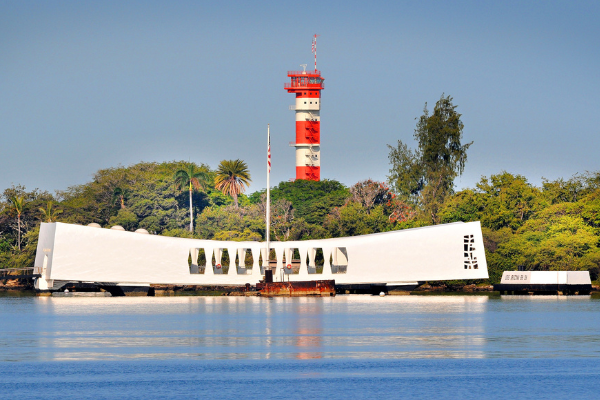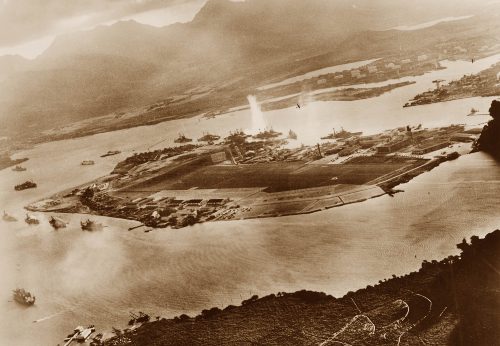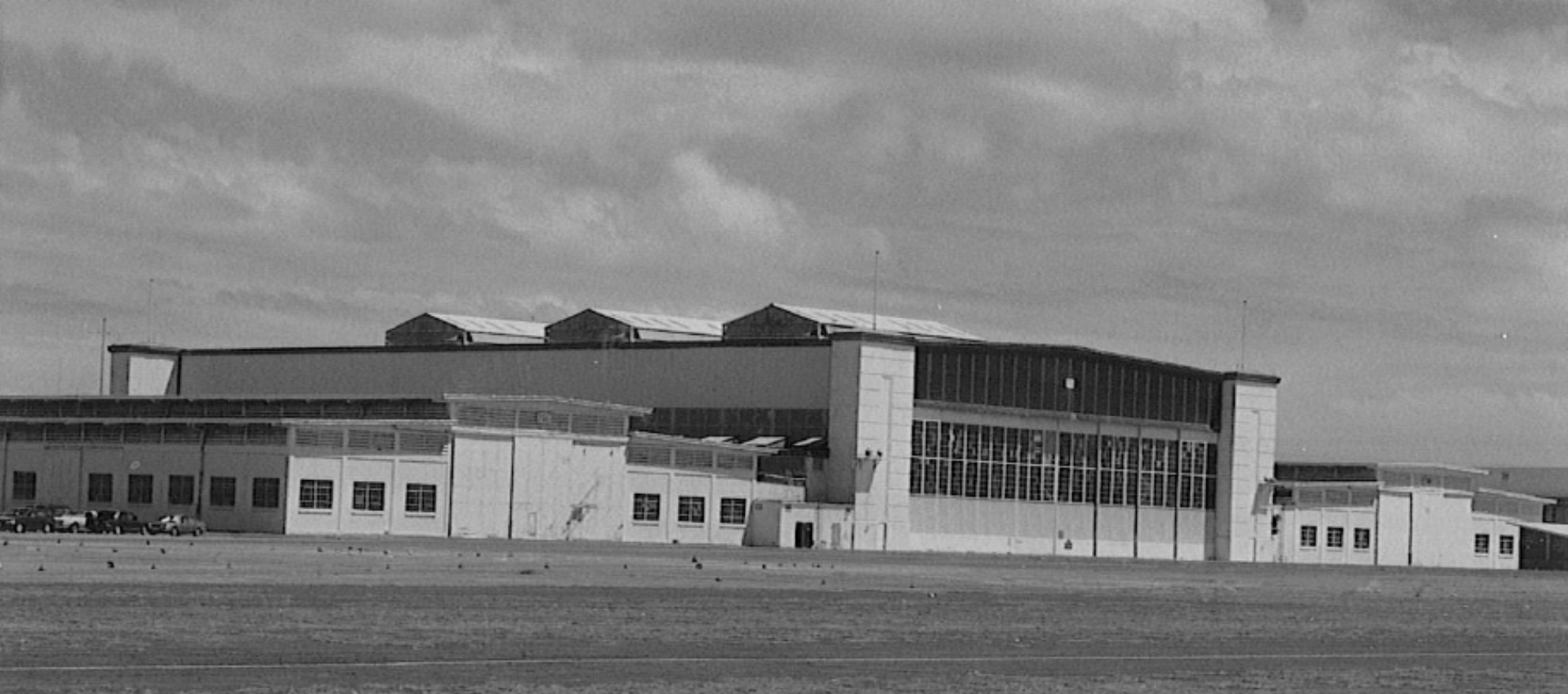Battle-tested and war-torn Hangar 79 on Ford Island Undergoes Repairs
Hangar 79, completed in 1941, bore witness to the attack on Pearl Harbor. The 80,000 square foot maintenance and engine repair facility was used throughout the war. It now houses vintage and unique aircraft from World War II and beyond, sharing the battlefield story of Pearl Harbor Aviation Museum.
Late last year, the Museum launched a campaign called Raise the Roof to repair and restore the at-risk hangar. Hangar 79 is living history, and without badly needed roof repairs, we would be forced to close the hangar to the public.
We are proud to work to honor and restore this important piece of history
Built as an Aircraft Maintenance Facility in 1941
Hangar 79 was completed in 1941 as an aircraft maintenance and engine repair facility for the Navy. The hangar is outfitted with overhead cranes and mechanisms, which were utilized to aid in the assembly and repair of aircraft.
Hangar 79 was designed much like a factory assembly floor. An aircraft would enter from the harbor side and progress across the floor, completing maintenance and installation tasks near each bay or workstation. Original blueprints indicate the purpose of each bay.
The bays are numbered 1-16 on one side and 17-36 on the other. Bays 1-16 housed ordnance and torpedo assembly, gyro balancing, parachute drying, parachute loft rod and cables, landing gear, workmen’s locker room, and officer’s offices. Bays 17-36 housed equipment cleaning, battery shop, aircraft electric shop, tool room, parts storeroom, bomb sight shop, and radio shop.
December 7, 1941 Attack on Pearl Harbor
On the morning of December 7, 1941 Japanese Kate and Zero aircraft attacked Pearl Harbor. Although battleships in the harbor were the main target of the attack, aircraft and hangars throughout the island also found themselves under fire. Japanese pilots wanted to cripple as many aircraft as they could to prevent any possibility of being followed back to the aircraft carriers.
Hangar 79 and the Navy members inside found themselves in the line of machine gun fire as it raked Ford Island.
On the evening of December 7, 1941 Hangar 79 was also in the line of friendly fire. That evening, a flight of F4F Wildcat fighters from USS Enterprise attempted to land on Ford Island’s runway in the dark. Jittery sailors opened fire and shot most of them down, aiming across the runway in Hangar 79’s direction. Only one Wildcat survived the crossfire.
Bullet holes, evidence of this fateful day, can still be seen today.
Continued Navy Use Throughout World War II
During World War II, the Navy continued to use Hangar 79 as a Naval aircraft repair, assembly, and maintenance facility. The Navy did not replace the bullet-riddled windows, used to remind sailors that they were working in a combat zone. Throughout the war, the Hangar housed fighters, bombers, and patrol aircraft both based in Pearl Harbor and en route to the front lines.
Apollo 10 Capsule Processed through Hangar 79
On May 26, 1969 the Apollo 10 capsule splashed down in the Pacific Ocean after completing its mission and orbiting the moon 31 times. Following splashdown, the capsule — known as “Charlie Brown” — was recovered by USS Princetown and brought to Pearl Harbor to be housed on Ford Island. Upon arrival to Ford Island, the capsule was processed and researched in Hangar 79.
Less than two months later, on July 16, 1969, Apollo 11 began its mission, delivering the first humans to the moon. Apollo 10’s mission success enabled the preparations and ultimate success of Apollo 11.
The first solid ground the Apollo astronauts stepped on upon returning to Earth was Hawaii, and the Apollo capsules that splashed down in the Pacific were processed through Hangar 79. This was under the command of Capt. Robert T. Tolleson of the Manned Spacecraft Recovery Task Force, based on Ford Island.
Hangar Owls
Lucky guests will spot, up in the rafters of Hangar 79, a quiet guardian owl. Pueo, the Hawaiian word for owl, are known as mythic creature that rescue lost souls and are omens of good luck. The Museum’s restoration team, housed in the back of Hangar 79, calls themselves the Hangar Owls – rescuing the “lost souls” of the aircraft that make their way to the Museum. Another ode to these legendary creatures is our F-4 Phantom fighter jet which was named Pueo during its service in the Hawaii National Guard.
Honoring Hangar 79’s Rich History at Pearl Harbor Aviation Museum
In 2006, Pearl Harbor Aviation Museum welcomed Hangar 79 to the Museum’s campus. In 2008, Hangar 79 was opened to the public, housing numerous aircraft from various conflicts.
Hangar 79 is now home to a majority of the Museum’s collection, continuing the story right where Hangar 37 leaves off. Hangar 79 houses important aircraft that show the rise of American air superiority in WWII and beyond, including the Korea war, the Vietnam War, and the Gulf Wars. It is also currently home to our Blue Angel, TBM Avenger, and T-6 Texan.
The Shealy Restoration Shop is an important part of Hangar 79, honoring the rich history of Hangar 79 as an aircraft maintenance shop. The restoration shop is a genuine aircraft restoration shop that works to bring aircraft back to life that are decades old. The restoration shop is filled with an array of vintage aircraft awaiting preparation, currently including our B-17 Swamp Ghost and new SBD-2P.
“Raise the Roof” to save Hangar 79
Hangar 79 exists today to share its stories, to remember and honor our WWII heroes, and to educate the next generation about what took place at Pearl Harbor, America’s WWII Battlefield. After decades of wear and tear, Hangar 79 is at risk. Aircraft and exhibits are in danger of ruin due to exposure to the elements from the aging roof. The constant threat of damage by water, birds, and high winds makes it too risky to display priceless exhibits. Without badly needed roof repairs, we would be forced to close this Hangar, preventing the public from experiencing the history of sacrifice and service engrained within.
With your help, phase one of repairs to restore the roof of historic Hangar 79 began on January 18, 2022. Phase one includes shoring up the upper monitors and skylights. Hangar 79 will remain open during repairs, with a slightly modified experience and an exclusive behind the scenes look at the B-17 Swamp Ghost and The Shealy Restoration Shop.
We still need your help to complete phase two of restorations, which will restore the 31 skylights on the mezzanine level, as well as fix the gutter flashings. Once both phases of the repairs are complete, the Hangar will be restored and completely open to the public with new exhibits and programs to follow.
